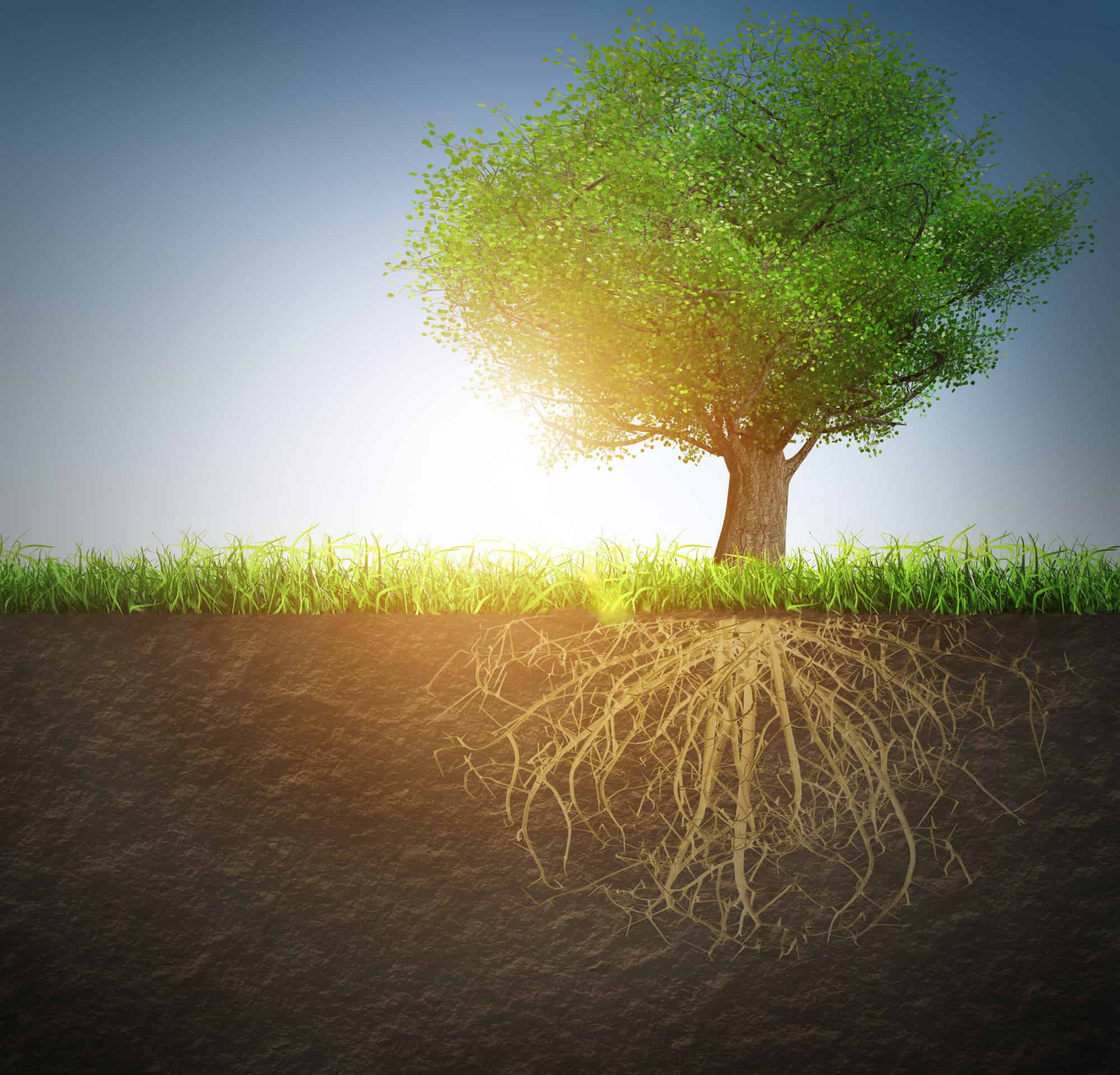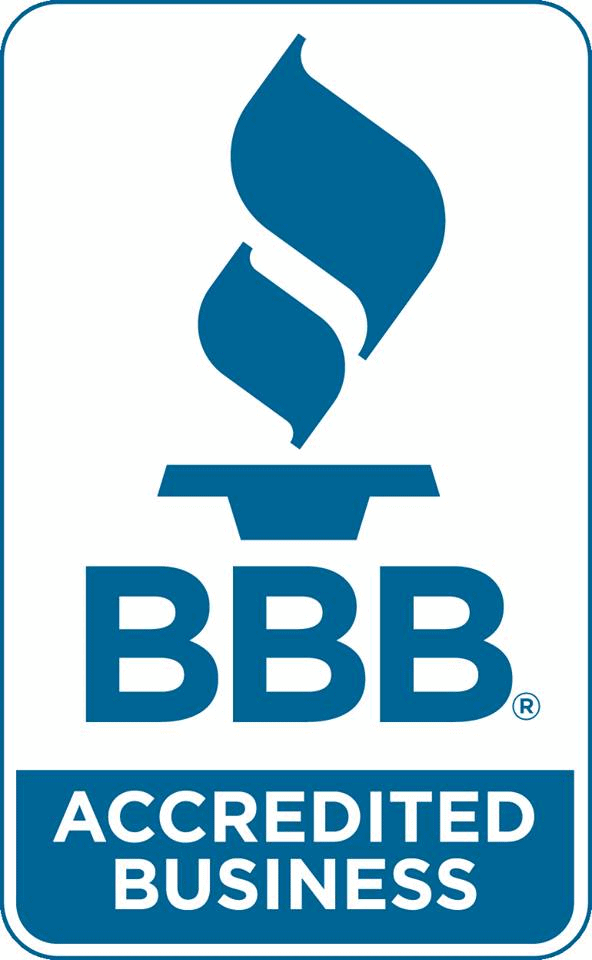Tree Fertilization 101: What Is It and Do Your Trees Need It?

Tree Fertilization 101: What Is It and Do Your Trees Need It?
A study of ten cities found that trees save at least one human life a year. Furthermore, trees in New York account for eight lives saved annually.
If you have trees on your property, maybe you’re wondering if you should be doing anything different to support the well-being of trees in your yard.
Well, we have answers for you, so keep reading to learn more. In this article, we explore tree fertilization: what is it, and is it something you should be doing?
What Is Fertilizer?
Fertilizer is a chemical substance applied to plants to provide them with any nutrients their soil may be lacking. Fertilizers contain three primary nutrients:
- Nitrogen (N)
- Phosphorus (P2O5)
- Potassium (K20)
Manufacturers will sell fertilizers with a ratio on the packaging indicating the basic nutrient composition of the fertilizer, i.e., 10-5-5 or 15-30-15. This is also referred to as the Guaranteed Analysis (GA). The one you select will depend on your tree and the reasons for using fertilizer.
Fertilizer Types
Fertilizer comes in several types and is suitable for a range of applications. Selecting the correct one for your needs is essential for the health of your trees. Too much of one chemical can damage the tree, and that takes effort to reverse.
Complete Fertilizers
A complete fertilizer contains all three chemicals: nitrogen, phosphorus, and potassium. Some fertilizers also contain calcium, magnesium, and sulfur, which can benefit your plant and are not at risk of overdoing it.
Organic Fertilizers
Organic fertilizers don’t contain any chemicals and instead are made from shredded debris comprising of leaves, bark, etc. Organic fertilizers provide a slow release of nutrients into the soil.
You layer this fertilizer on the top of the ground, and over time it breaks down. Additionally, it also acts as a handy mulch.
Slow-Release Nitrogen
Fertilizing trees with this type slowly releases nitrogen into the soil. While a proper slow-release fertilizer may be more expensive than other fertilizers, most tree fertilizers have both slow and quick-releasing nitrogen.
When to Apply Fertilizer
While it may be tempting to give your young tree a lot of fertilizer, you want to hold off until the tree is more mature. Fertilizer for trees encourages rapid up-growth, which can stunt root development. This is not ideal because all subsequent roots will be weaker as well, and you run the risk of root burn.
You want to wait until spring to start fertilizing, or at least a month after the last frost in your area. However, for most, March and April are prime times to begin fertilizing.
You can also fertilize in fall, before the winter sets in. Fertilizing trees before winter gives your trees a boost for the upcoming season. Similar to spring, the last fall fertilization needs to happen one month before the first frost.
How Often to Apply Tree Fertilizer
How often you fertilize your trees will significantly depend on your tree type. Doing a bit of research before purchasing anything is wise, so you know what kind of fertilizer you need and how to use it for maximum effect.
Some trees thrive off frequent, bi-monthly tree fertilization, like Royal Empress trees, while others, like peach trees, don’t need to be fertilized as often. With these, you would only fertilize once in each spring and summer.
Fruit-bearing plants will need fruit tree fertilizer before they start producing fruit, so you’ll be fertilizing them in spring and after harvest. Remember to use a fertilizer that is created specifically for food-bearing trees.
You want to be careful not to fertilize the tree too late in the season as this will encourage growth at the wrong time, for example, when the trees go dormant in the fall.
How to Fertilize Your Trees
Applying fertilizer to your trees is straightforward. The tricky part is figuring out which fertilizer you need. First, let’s review all the steps and tools required for the job.
Tools and Equipment
- Fertilizer (granular)
- Garden hose (connected to a water source)
- Shovel
- Tape measure
- Scale
- Soil testing kit
- Calculator (optional)
Step One: Examine Your Tree
Paying close attention to things like leaf color, new growth, and leaf size will help guide you to the fertilizer you need. If you don’t have a soil testing kit, then it’s recommended to send a sample of your soil to a local lab. This will indicate what your soil lacks.
Step Two: Select the Fertilizer
Select the fertilizer that is most suitable for your tree, like an evergreen fertilizer or one for fruit-bearing trees. You can also opt for an all-purpose fertilizer, like 10-10-10 or 15-15-15.
Step Three: Calculate Fertilization Area
Here you need to calculate how many square feet you need to apply fertilizer. To calculate the root radius, you want to measure how far it is from the trunk to the end of the most extended branch. Then calculate using the following formula:
- (Root Radius) x (Root Radius) x 3.14
So if your root radius is 3 feet, your root zone size will be 3 x 3 x 3.14 = 28.26 square feet. Check the labeling on your fertilizer which will instruct you on how much to use per square foot.
Pro Tip: It’s safe to apply 1lb of nitrogen per 1,000 square feet per annum.
Step Four: Apply Fertilizer
Once you’ve calculated and purchased everything, you can begin the tree fertilization process, following the following procedure when the roots are in an active growth period:
- Measure the amount of fertilizer you need
- Demarcate the fertilization zone using flour, lime, or a hose
- Mark off another circle three to four feet from the trunk (do not fertilize in here)
- Water to dampen the soil
- Apply fertilizer to a 12 to 18-inch depth
Keep Your Trees Healthy With Tree Fertilization
Tree fertilization is something that many often overlook, but it can be so beneficial to the tree’s growth and overall health. Thus, understanding which nutrients your trees lack will help you know which fertilizer to purchase. Of course, if you’re unsure, you can always send the sample for analysis.
If you’re looking for a professional opinion on your garden trees’ health, contact us today, and we can assist with a wide range of services, from tree health checks to deep root fertilization.



You must be logged in to post a comment.